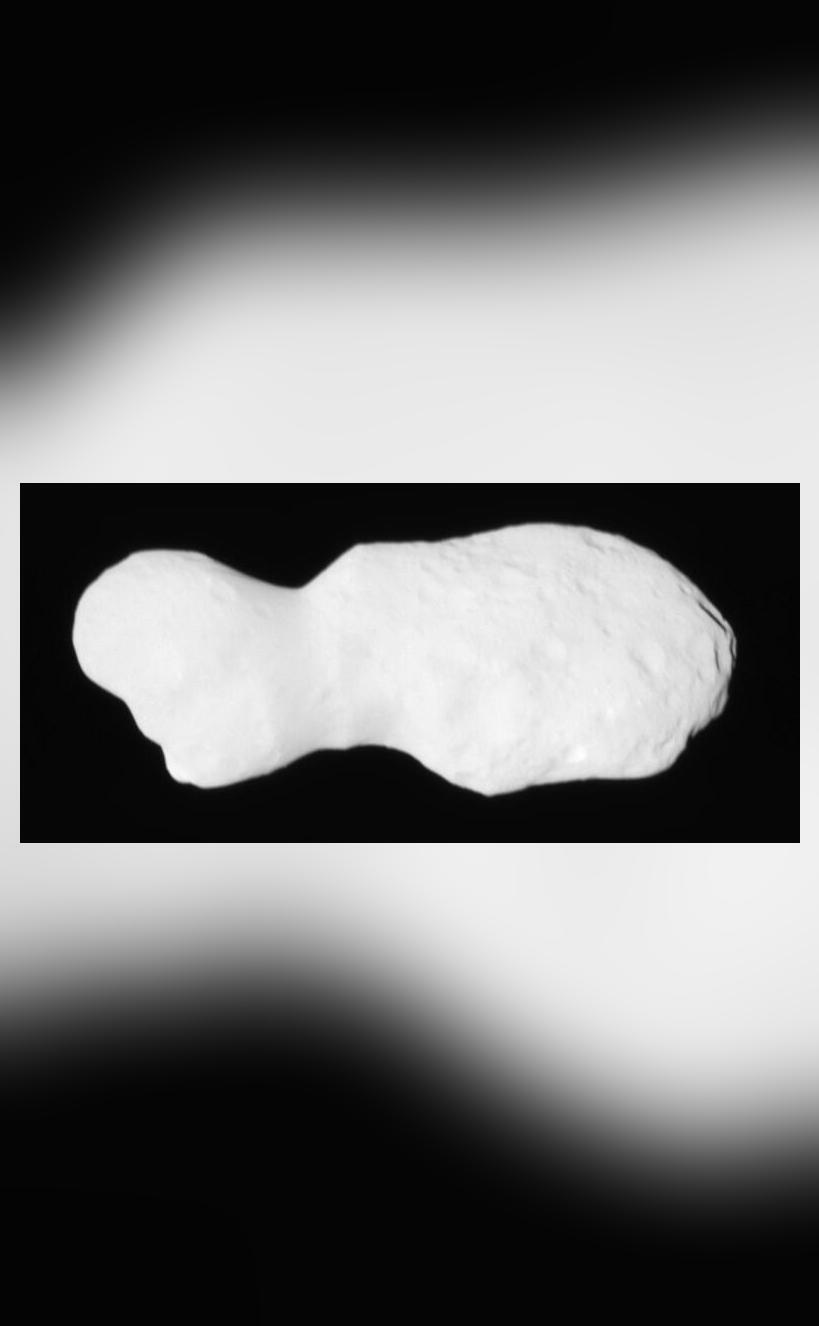
First-ever Close-up Photo of Peanut-Shaped Asteroid Released
Astronomy enthusiasts and space enthusiasts alike have been treated to a rare and exciting sight – the first-ever high-resolution image of the main-belt asteroid Donaldjohanson, showcasing its unique peanut shape. This remarkable achievement is attributed to NASA’s Lucy mission, which had a remarkable encounter with this asteroid on April 20.
The Lucy Mission: A Journey Through the Main Asteroid Belt
Launched in 2021, the Lucy mission is a NASA spacecraft designed to explore the Jupiter Trojan asteroids, a population of small bodies that orbit the Sun in tandem with Jupiter. The mission is named after Lucy Van Pelt, the peppy and curious character from the Peanuts comic strip, reflecting the spacecraft’s mission to uncover the secrets of the ancient asteroids.
The Asteroid Donaldjohanson: A Peanut-Shaped Wonder
Donaldjohanson is a main-belt asteroid, located in the asteroid belt between the orbits of Mars and Jupiter. It is a relatively small asteroid, measuring approximately 1.2 kilometers in length and about 0.8 kilometers in width. What makes this asteroid unique is its unusual peanut shape, with a narrow neck connecting its two lobes.
The First-Ever Close-up Image
On April 20, the Lucy spacecraft flew by Donaldjohanson, capturing high-resolution images of the asteroid using its L’LORRI (Lucy LORRI) imager. The images were taken just a few minutes before the spacecraft’s closest approach to the asteroid.
The resulting photo is a breathtakingly clear image of the peanut-shaped asteroid, revealing intricate details and textures on its surface. The image is a significant achievement, providing scientists with valuable insights into the composition and geology of Donaldjohanson.
What the Image Reveals
The high-resolution image of Donaldjohanson reveals a surface covered with craters, indicating that the asteroid has been impacted by numerous meteoroids and other space debris over millions of years. The image also shows a possible fault line running along the asteroid’s neck, suggesting that Donaldjohanson may have undergone significant geological activity in the past.
Significance of the Discovery
The discovery of the peanut-shaped asteroid Donaldjohanson is significant not only for its unique shape but also for the insights it provides into the formation and evolution of the asteroid belt. The asteroid’s shape is thought to be the result of a catastrophic event, such as a massive impact, which caused the asteroid to break apart and reform into its current shape.
Conclusion
The release of the first-ever close-up photo of peanut-shaped asteroid Donaldjohanson is a remarkable achievement, highlighting the importance of space exploration and the contributions made by NASA’s Lucy mission. The mission’s encounter with Donaldjohanson has provided scientists with valuable insights into the composition and geology of the asteroid, shedding light on the formation and evolution of the solar system’s main asteroid belt.
With its innovative instruments and cutting-edge technology, the Lucy mission is poised to continue exploring the Jupiter Trojan asteroids, uncovering secrets about the early days of our solar system and the origins of life on Earth.
Source:






